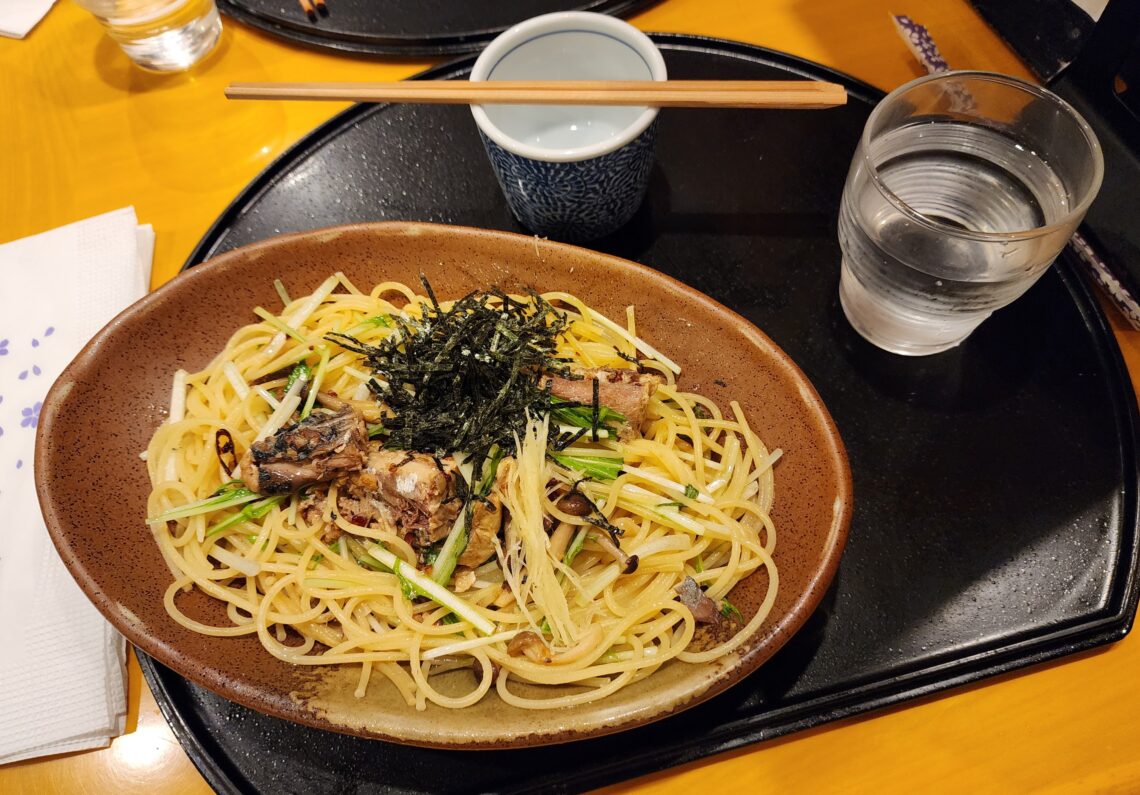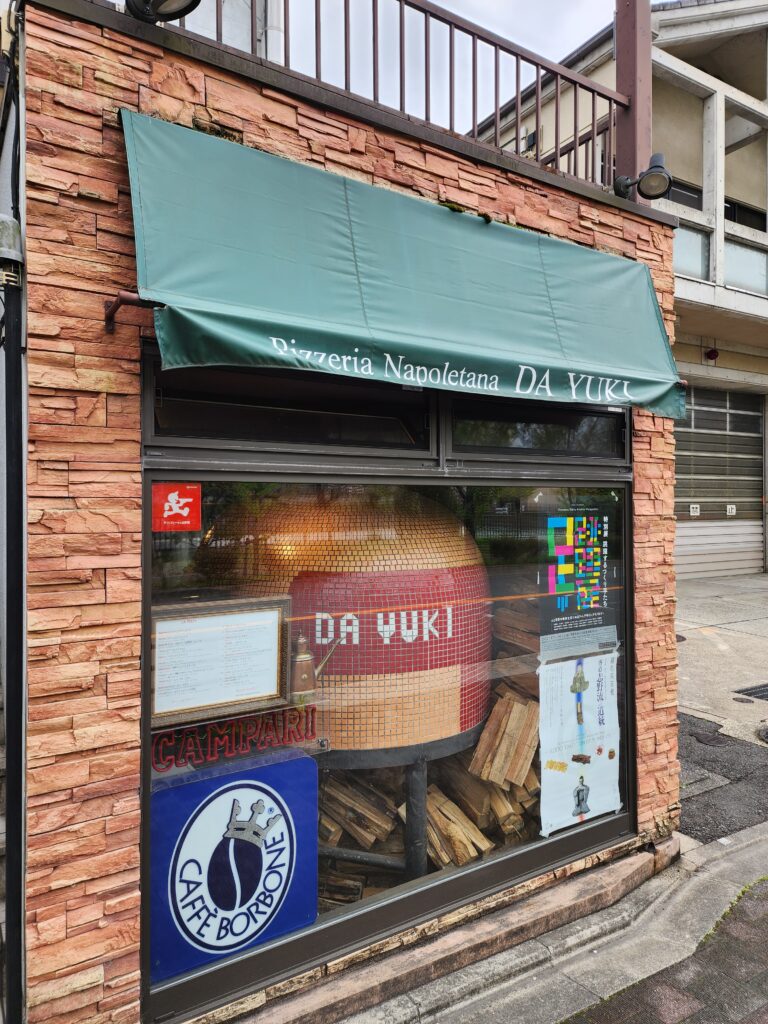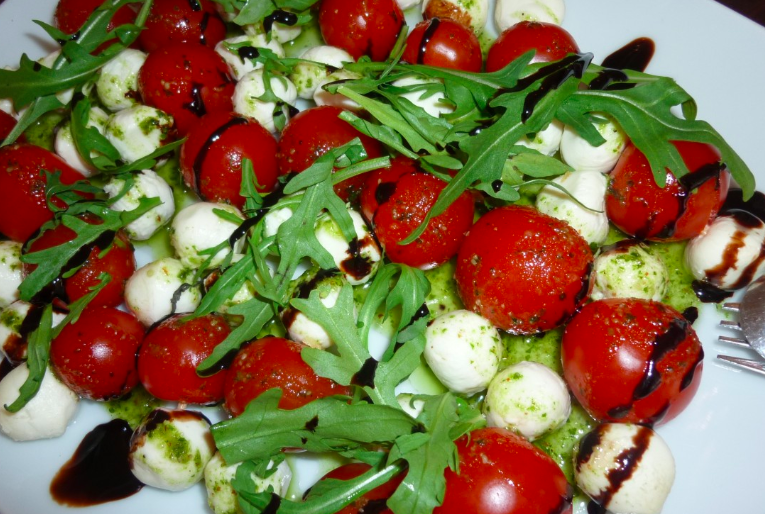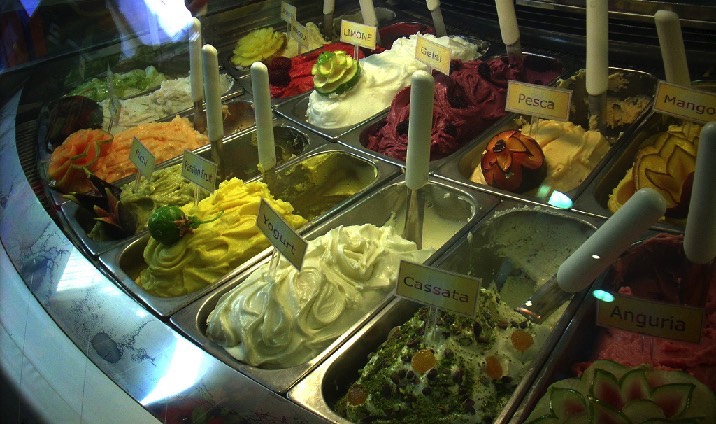
Pasta in Japan as good as Italy? You bet.
You can now find pasta pretty much anywhere you go. Part of the fun is discovering how people around the world have re-invented it. (In some places, the results, it has to be said, are better than others). Japanese pasta culture is at the sublime end. Japan has, of course, great cuisine of it own. However its megacities are a foodie dream, which include western and other options as good as you would find in their countries of origin. Pasta is no exception.
Even an airport cafe in Japan will do a very respectable pasta al dente with an authentic fresh tomato sauce. In Kyoto, baguettes at the many boulangeries throughout the city, can be as good as you’ll find in France. As well as these western options, Japan has its own (very popular and now traditional) version of curry and rice. It has also enjoyed many influences from Chinese cuisine over the centuries. Champon noodle soup in Nagasaki, for example, is a fusion dish combining Japanese and Chinese cuisine.
“Excellence” is something that Japan takes seriously, and there are many accounts of chefs spending years in Italy mastering Italian cuisine. In Kyoto, you can find Napoletana pizza as good as anywhere, or a great bowl of pasta.
The illustration at the top of this article is a case in point. It is pasta aglio, olio, pepperoncini and mackarell topped with seaweed. Served with miso soup, it can be (optionally) eaten with chopsticks. This particular dish has a Japanese twist but the flavours are traditionally Italian and the pasta al dente. The seaweed garnish is of course all Japan. The addition of mackarell is probably a local variation as well, although we can find similar examples in Italy. If we look at the “food and drink” tab on Google maps for Yomen-ya Goemon – Kyoto Porta, the diner where I bought this dish, we see the diversity of pasta on offer, some familiar, but many versions adapted for Japanese tastes.

Tokyo alone has over 20,000 Italian restaurants. Japan even has its own word for Italian cuisine. Itameshi, meaning “Italian meal”.
Of course, if you visit Japan, you would want to focus on Japan’s own unique and delicious cuisine, which (like Italy) has regional variants and favourites. The Japanese diet is the world’s healthiest (with the Mediterranean diet not far behind), and who would want to miss dishes like sushi, sashimi, sukiyaki, tempura and a plethora of Japan’s own noodle varieties including udon noodles and soba noodles (the last made from buckwheat)? But making time to sample Japan’s other great (adopted) cuisines is well worth it, too.
So how did pasta find a place in Japan? Perhaps one of the reasons is its similarity to noodles which have been a staple of Japanese cuisine for centuries. In fact, pasta was traditionally known as yo-somen (or western noodles). Somen, more specifically is a thin wheat noodle about the thickness of vermicelli, which when dried looks remarkably like spaghetti.

Japan famously closed its doors to foreign influences during the Edo period with only the Dejima port in Nagasaki open to the Dutch East India company and Chinese traders. English speakers are likely to know Nagasaki as the second city to have an atomic bomb dropped on it, but there is a lot more to the city and its history. In places like the city’s “Glover Garden” and the meticulously reconstructed Dejima, Nagasaki celebrates its history as the city through which modernisation flowed into Japan. The Chosu Five, young Japanese from samurai families who travelled to England in 1863 with the support of the Nagasaki based Scottish industrialist William Glover, were at the forefront of the Meiji restoration and the modernisation of Japan. Even earlier Dejima became a centre of learning and translation of knowledge from the outside world, as well as a trading hub. One account notes that a French priest by the name of Marc Mari du Rotz introduced “yo-somen” (Italian pasta) to Nagasaki. The Italian Pietro Migliore opened Japan’s first Italian restaurant in 1881 in Niigata. However pasta still remained rare.
The arrival of American troops in post-war Japan saw pasta begin to find a wider place in the country. In Yokohama, the Japanese chef Shigetada Irie re-created spaghetti as a new Japanese pasta dish: “Pasta Napoletan”. While Irie used tomato puree, in the 1950s the ingredient was rare. Japanese chefs substituted in ketchup (an ingredient which shows up in a number of Japanese fusion dishes). However the dish also includes other flavours. Japanese companies began to produce their own macaroni. Other sources note the emergence in this era of Italian restaurants run by former Italian prisoners of war in the post-war period.
The 1980’s and 1990’s saw a new wave of adoption of Italian food in Japan. From this era Japanese chefs began to train in Italy and traditional Italian cuisine found its place beside a renewed flowering of Japanese fusion dishes. Japan’s Italian cuisine has only gotten better with both “fusion” and “authentic” available, according to a diner’s tastes. Pasta has also become a frequent part of home cooking in Japan.
Like the original journeys of pasta and the tomato into Italy which brought together ingredients originally not from the Italy, the flow of Italy’s cuisine into Japan and its adaptation there has produced new and wonderful dishes. While we can celebrate and enjoy traditional dishes handed down through generations, Japan’s Italian food culture shows the wonderful results when cultures combine and when we aren’t limited by fixed notions of what pasta ought to be. The idea that traditional “authenticity” of cuisine is incompatible with food innovation is a false dichotomy. Japan shows that in the realm of pasta, you can have both.
Sources
Chiara Park Terzuolo, Japan’s love affair with pasta goes off the rails, Japan Times 20 April 2017
Napolitan Recipe: Make Japanese Ketchup Spaghetti
10 Surprising Differences Between Japanese-Italian Food and Real Italian Food
Kikkoman, Global Fare in Contemporary Japan (No. 2) Italian Cuisine
Images
Pasta with aglio, olio, pepperoncini and mackerel, author photo
Pizzeria Napoletana da Yuki, author photo
Somen Noodles: By Kropsoq – photo taken by Kropsoq, CC BY-SA 3.0, https://commons.wikimedia.org/w/index.php?curid=333884








